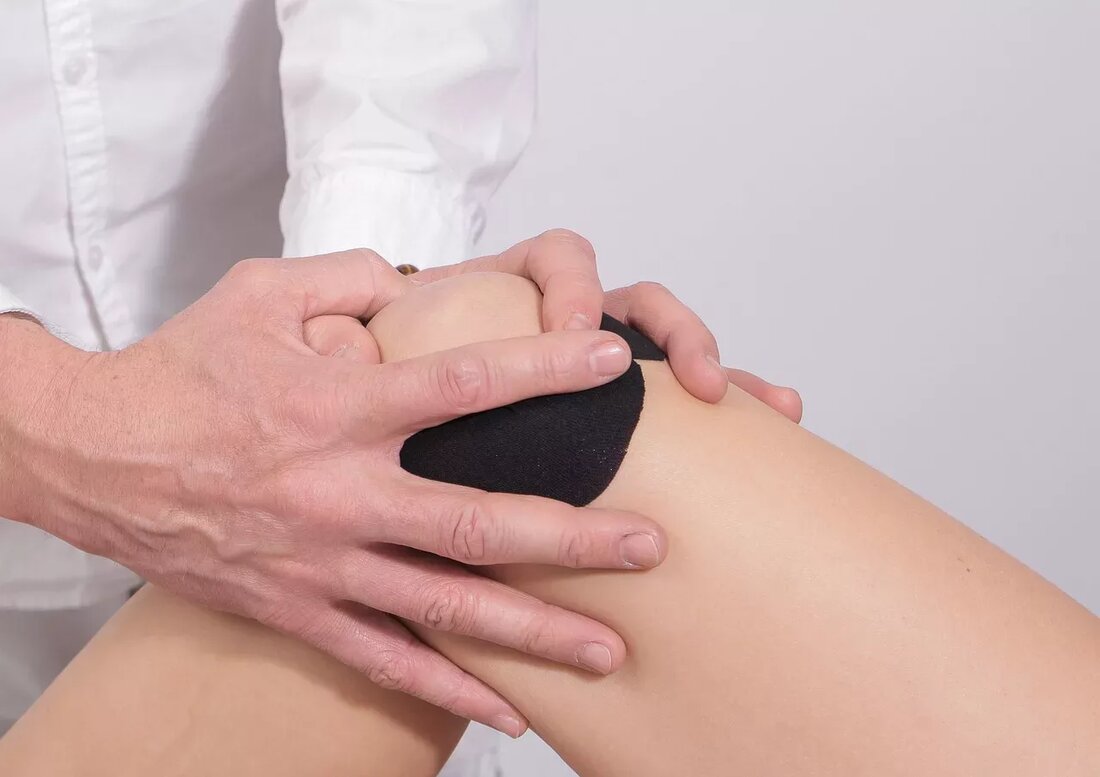Kinesiology: Harmony of forces and energies in the body
Kinesiology, from the Greek word “kinesis” meaning movement and “logos” meaning teaching, represents a fascination in the world of alternative medicine. It is a bridge between Western medical disciplines such as chiropractic and osteopathy and the Eastern energy systems of traditional Chinese medicine. Kinesiology focuses on the harmonization of the forces and energies in the body and uses a range of diagnostic and therapeutic forms that go far beyond mere movement theory. History of Kinesiology The origins of kinesiology lie in the 1960s and are closely linked to the American chiropractor George Joseph Goodheart. Goodheart made a fascinating connection between muscle strength and...

Kinesiology: Harmony of forces and energies in the body
Kinesiology, from the Greek word “kinesis” meaning movement and “logos” meaning teaching, represents a fascination in the world of alternative medicine. It is a bridge between Western medical disciplines such as chiropractic and osteopathy and the Eastern energy systems of traditional Chinese medicine. Kinesiology focuses on the harmonization of the forces and energies in the body and uses a range of diagnostic and therapeutic forms that go far beyond mere movement theory.
History of Kinesiology
The origins of kinesiology lie in the 1960s and are closely linked to the American chiropractor George Joseph Goodheart. Goodheart made a fascinating connection between muscle strength and the state of organ function, noting that he could weaken muscles by touching specific areas of the body that were dysfunctional. These findings led to the development of a comprehensive diagnostic and therapeutic system that integrated elements of Western body therapy as well as the concept of meridians, the energy pathways from traditional Chinese medicine.
Kinesiology strives to identify and balance disharmony and disturbances in the body. She focuses on creating a healthy energy flow in the body, similar to the concept of Qi flow in traditional Chinese medicine.
The role of chiropractic and osteopathy in kinesiology
Both chiropractic and osteopathy place the mobility of the body at the center of their therapeutic approaches. They use manipulative and mobilizing techniques on the spine and joints to restore the flow of movement in the body. These techniques are crucial to kinesiology and are complemented by a more comprehensive approach that also includes other structures in the body such as organs and fascia.
Variations of Kinesiology
The original method of Applied Kinesiology, also known as Applied Kinesiology (AK), has evolved over time and diversified in different directions. For example, the “Touch for Health” procedure is close to acupressure and can be learned by laypeople, while “Brain-Gym®” and “Edu-Kinestetik” focus on improving learning difficulties.
The muscle test: An essential tool in kinesiology
Muscle tension is an essential diagnostic tool for kinesiologists. The so-called muscle test is a method of determining the functional state of the body by observing changes in muscle tension under various conditions. As a rule, a muscle reacts to negative stress with a decrease in tension. Muscle testing can also be used in this way to assess emotions, diagnose intolerances or identify specific information.
Areas of application of kinesiology
Kinesiology is not limited to complaints or dysfunctions of the musculoskeletal system. In fact, the possible applications are very diverse and range from improving learning ability to identifying psychological problems. Muscle testing is often used as a form of communication and access to the subconscious. With the help of the test, individual therapy concepts can be developed and the tolerability of medicines and foods can be tested.
In conclusion, kinesiology is a fascinating and versatile approach in the world of alternative medicine, aimed at harmonizing physical energies and offering a wide range of applications. Fusing Western and Eastern healing methods, Kinesiology offers a comprehensive and holistic approach to improving health and well-being.

 Suche
Suche
 Mein Konto
Mein Konto
